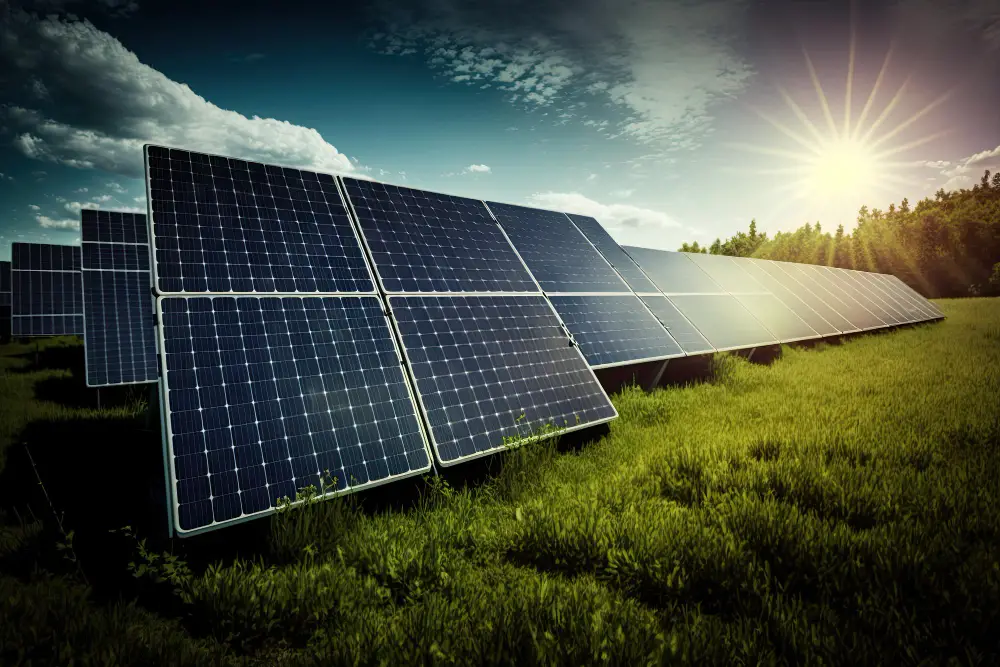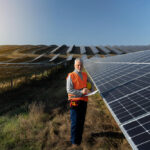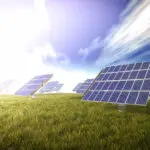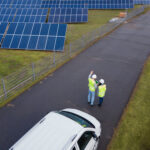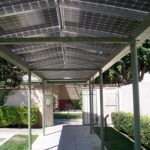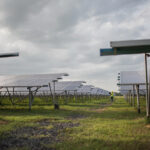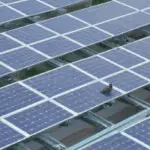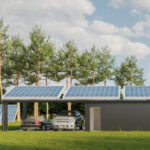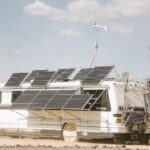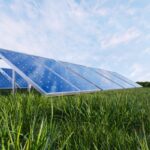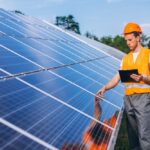As the world continues to shift towards renewable energy sources, solar farms have become an increasingly popular option for communities and businesses looking to reduce their carbon footprint. A solar farm is a large-scale solar array that generates electricity from photovoltaic (PV) panels and can be built on a variety of surfaces, including rooftops, fields, and even water. However, “how to build a solar farm” can seem like a daunting task, but with the right guidance, it can be a rewarding and profitable venture.
Build a Solar Farm in 10 Easy Steps
Building a solar farm is an exciting and rewarding project that can provide clean energy for your community. Here’s a step-by-step guide on how to build a solar farm:
Determine the feasibility of building a solar farm in your area
- Assess the amount of sunlight your location receives throughout the year. You will need an area with high levels of solar irradiance to generate enough electricity.
- Evaluate the size of the land requirements for the solar farm, taking into account the space needed for the panels, access roads, and maintenance areas.
- Research local zoning laws and regulations to ensure that building a solar farm is permitted in your area.
Conduct a Site Assessment
- Hire a professional consultant or engineer to conduct a site assessment, which includes evaluating the topography, soil conditions, environmental impact, and potential shading from nearby structures or vegetation for solar farm.
- This assessment will help you determine the best layout for the solar farm, identify any potential challenges, and provide information for the design phase.
Design the Solar Farm
- Use computer software to create a detailed design of the solar farm, including the placement of solar panels, inverters, transformers, and other equipment.
- Consider factors such as panel orientation, tilt angle, and spacing to maximize energy production.
- Create a system architecture that defines how the different components will work together, including electrical connections, monitoring systems, and security features.
Obtain Necessary Permits
- Submit plans to local authorities and obtain all required permits before commencing construction. This may include building permits, electrical permits, and environmental permits.
Secure Financing
- Identify funding sources, such as government grants, private investors, or bank loans, to finance the construction of the solar farm.
- Prepare financial projections, including estimated costs, revenue streams, and return on investment.
Build the Solar Farm
- Hire experienced contractors specializing in solar farm construction to install the solar panels, electrical infrastructure, and other equipment.
- Ensure that all safety standards are met during construction, and perform quality control checks on all installed equipment.
Connect to the Grid
- Work with local utility companies to connect the solar farm to the power grid. This involves installing transmission lines, substations, and metering equipment.
Test and Commission the Solar Farm
- Perform thorough testing to ensure that the solar farm is functioning correctly and safely.
- Commission the system, which includes checking the performance of each component and ensuring that they operate seamlessly together.
Maintain the Solar Farm
- Establish a routine maintenance schedule to keep the solar farm running at optimal efficiency.
- Monitor the system remotely and perform regular inspections to detect any issues early on.
Enjoy the Benefits of Solar Farm
- Once the solar farm is operational, it will generate clean energy, reduce greenhouse gas emissions, and contribute to a sustainable future.
- The solar farm can also provide a source of income through selling excess energy back to the grid or leasing land to other renewable energy projects.
- Building a solar farm requires careful planning, research, and execution. By following these steps, you can successfully construct a solar farm that provides clean energy and supports a sustainable future.
Conclusion
By now, you should have a solid understanding of the steps involved in creating a successful solar farm, from assessing feasibility to securing funding, designing your system, and installing your panels.
Remember, building a solar farm isn’t just a smart business decision – it’s also a sustainable choice that can benefit the environment and your community. With the right planning and execution, your solar farm can provide clean energy for years to come.
So what are you waiting for? Start building your solar farm today and join the renewable energy revolution!”

